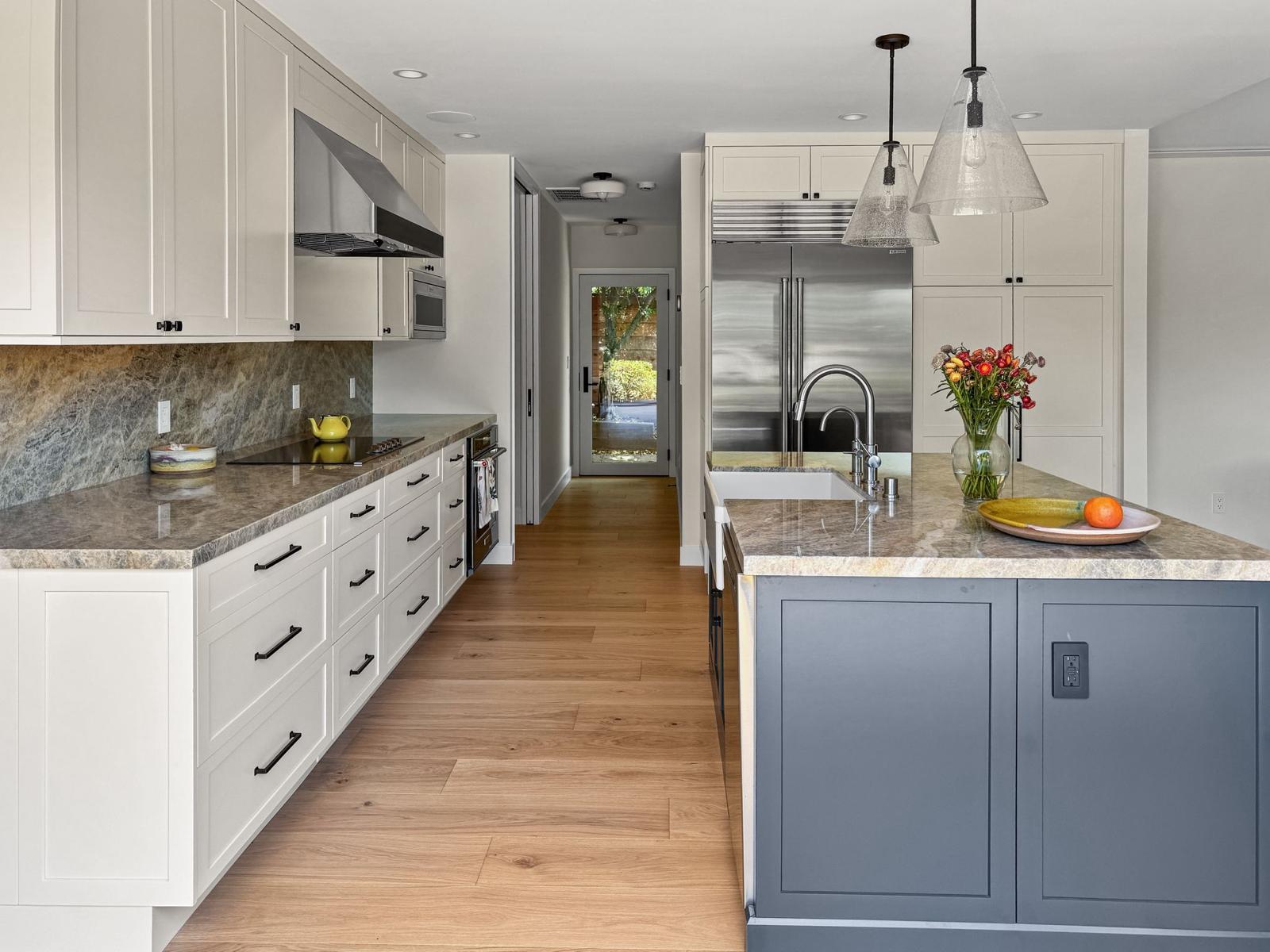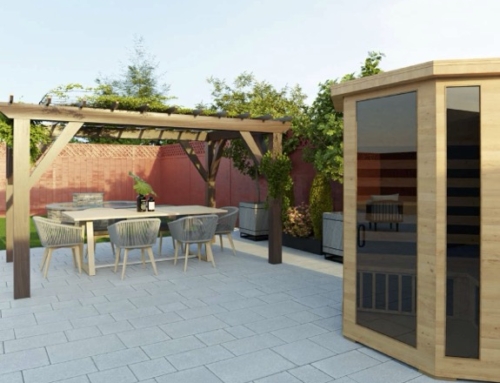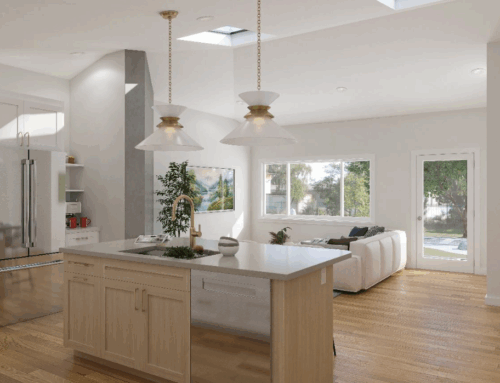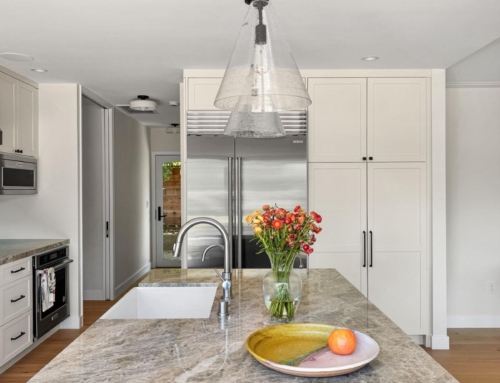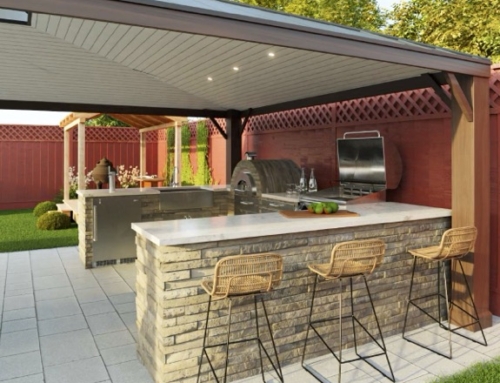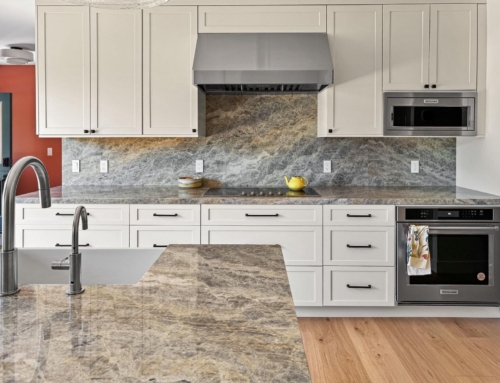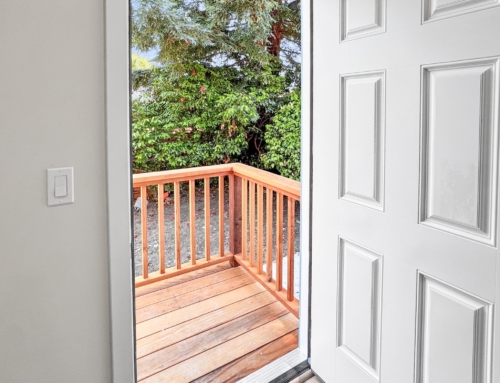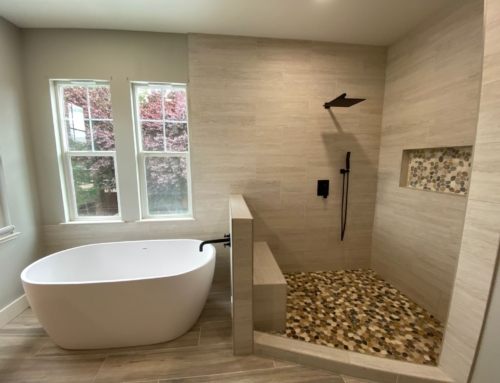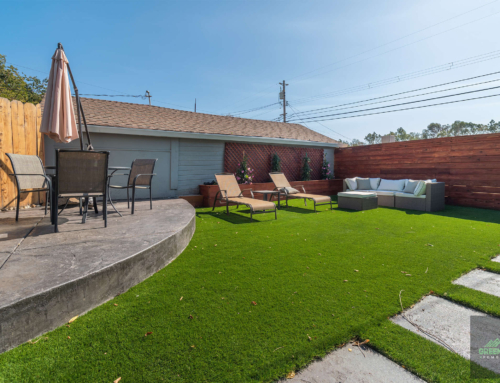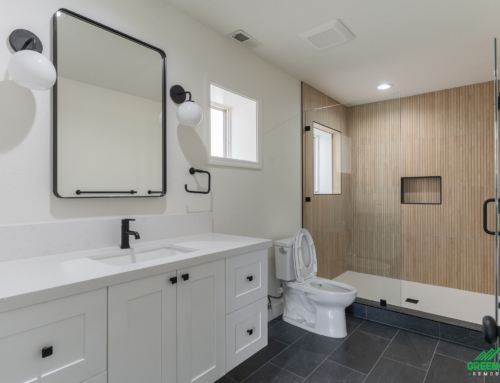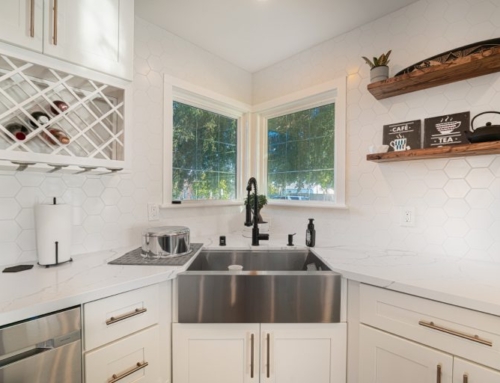So you’ve decided to embark on a remodel project but now you need a contractor and you’re not sure how to pick? We get it. There can be a lot of uncertainty around hiring a contractor especially if you’ve been burned in the past or heard the horror stories. So here’s what we’ll say to help, who you choose often comes down to how you want to approach your project. The two common project delivery models: design-build and the traditional general contractor approach.
Knowing the difference between these two helps set expectations and ultimately sets your project up for success. Each method comes with its own structure, timeline, and level of homeowner involvement. In this post, we’ll break down how each approach works, highlight their pros and cons, and help you decide which one best fits your goals, budget, and working style.
What Is the Design-Build Model?
The design-build model brings your entire remodeling or construction project under one roof. Instead of hiring a separate architect or designer and then searching for a general contractor to handle the build, you work with a single company that manages both design and construction from start to finish.
This unified approach means the architect, designer, and builder are all part of the same team, working together from day one. They collaborate closely to develop plans that match your vision and budget, while identifying potential challenges early on. With design-build, there’s one point of contact, one contract, and one cohesive process. That often translates into smoother communication, faster timelines, and better coordination throughout every phase of the project.
What Is the General Contractor Model?
In the traditional general contractor model, the homeowner first hires an architect or designer to create the project plans. Once those plans are finalized, the homeowner then hires a general contractor, typically through a bidding process, to handle the construction. In this setup, the architect and contractor work independently, and the homeowner often plays the role of project coordinator between the two. Or sometimes, there is no architect or designer and the homeowner picks design preferences as the project goes.
While this approach gives you more freedom to choose specific professionals, it can also lead to communication gaps, scheduling delays, and unexpected changes in cost if the design and construction teams aren’t aligned. The general contractor manages the build and subcontractors, but doesn’t usually weigh in on design decisions early on. Which can bring up issues with budget, feasibility, or structural constraints that may not surface until construction is already underway.
Key Differences: Design-Build vs. General Contractor
While both methods can result in a successful project, the way they operate behind the scenes is very different. Understanding how each approach handles communication, project management, and accountability can help you decide which one is right for you.
Project Management:
In a design-build model, one team oversees the entire project, creating a single point of responsibility. With a general contractor, you’re coordinating between separate professionals; often managing timelines, budgets, and revisions yourself.
Timeline:
Design-build tends to move faster because design and construction teams collaborate from the start. In the general contractor model, plans must be completed before building begins, and delays can occur if issues arise during the handoff.
Cost Control:
Design-build teams typically involve builders early in the design phase, allowing for realistic budgeting and fewer surprises. General contractor projects may run into unexpected costs if the original design doesn’t align with your construction budget.
Accountability:
With design-build, you have one team responsible for the entire process, so there’s less finger-pointing if something goes wrong. In a traditional setup, it can be unclear whether the architect, contractor, or another party is responsible for problems.
Homeowner Involvement:
Design-build simplifies your role by providing a single contact point. The general contractor model may require more hands-on involvement and decision-making as you navigate between professionals.
Pros and Cons of Each Approach
Both design-build and general contractor models have their strengths and potential drawbacks. Your choice depends on your project goals, how involved you want to be, and what kind of experience you’re looking for.
Design-Build Pros
- One point of contact for the entire project
- Faster project timeline due to better team coordination
- Fewer change orders and unexpected costs
- Collaborative approach between designers and builders
- Streamlined communication and accountability
Design-Build Cons
- Less flexibility in choosing separate architect or builder
- May not be ideal for highly specialized or architect-driven designs
General Contractor Pros
- Freedom to hire a specific architect or designer
- May be suited for custom, one-of-a-kind projects with complex design goals
- More separation of duties if you prefer to manage parts of the project yourself
General Contractor Cons
- Greater chance of miscommunication between designer and builder
- More work on the homeowner’s part to coordinate and oversee the project
- Increased risk of delays, cost overruns, and conflicting responsibilities
Which Approach Is Right for Your Project?
Choosing between a design-build vs. general contractor depends on your priorities. If you’re looking for a streamlined experience where design and construction are fully integrated, the design-build model is likely the better fit. It’s ideal for homeowners who want efficiency, collaboration, and a single point of accountability throughout the process.
On the other hand, if you already have a trusted architect in mind, or you’re planning a complex, highly customized project then you might lean toward the general contractor route. Just be prepared to take on more of a coordination role, as you’ll be managing communication between separate teams.
For most homeowners, especially those who want a cohesive design process, predictable costs, and fewer delays, the design-build method offers a simpler, more reliable path to a successful renovation or new build.
The Right Team Makes All the Difference
Whether you choose a design-build firm or go the traditional route with a general contractor and separate designer, your renovation’s success hinges on communication, trust, and clarity. Understanding how each approach works helps you make an informed decision and avoid unnecessary stress along the way.
If you’re looking for a streamlined process, faster timelines, and a team that handles everything from the first sketch to the final inspection, a design-build model could be the perfect solution. At Green Group Remodeling, we specialize in bringing your vision to life with a cohesive, full-service approach that prioritizes your goals and simplifies every step.
Ready to start your project with a team you can count on? Contact Green Group Remodeling today to schedule your design-build consultation.

